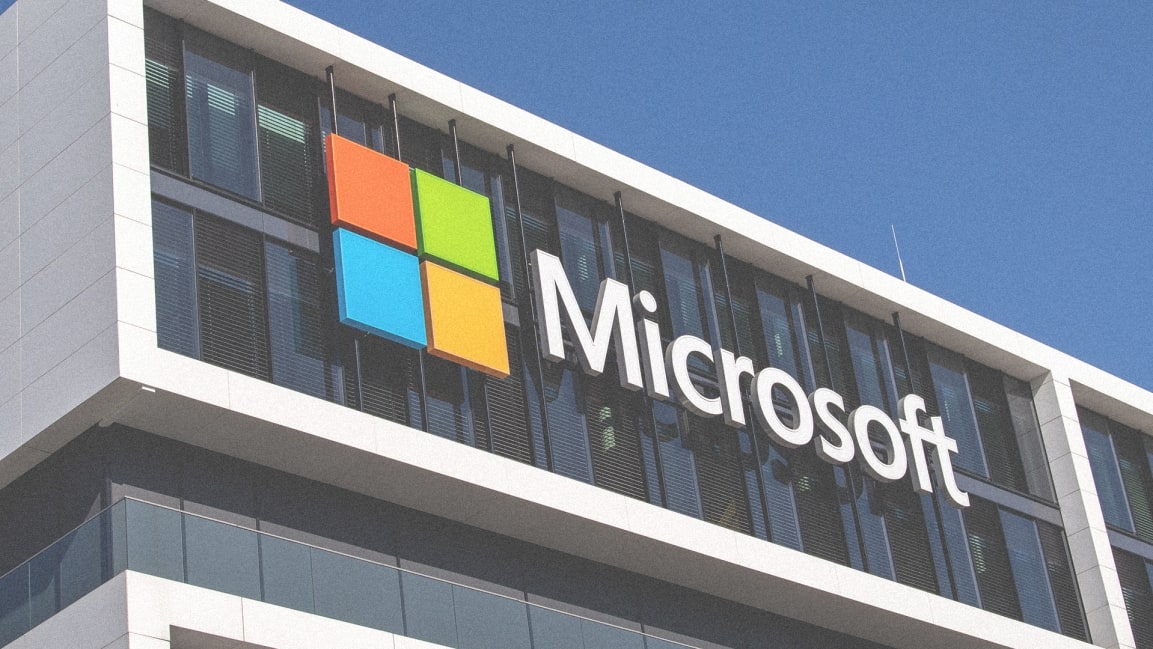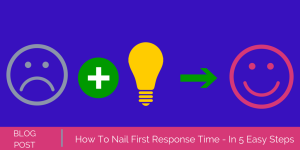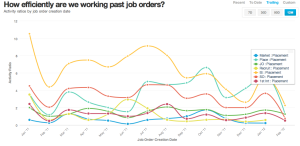
The tech industry has not been kind to worker organizing. While federal law grants American employees the right to unionize without retaliation, tech giants and video game studios have established a norm in recent years of fighting back hard—often illegally, federal labor investigators allege—against workers who have attempted to collectivize their workplaces.
That helps explain why even Microsoft is calling its own decision to adopt a “neutral” stance toward a potential unionization effort “ground-breaking.” And while labor organizers who helped negotiate the agreement celebrate what they see as a historic moment, the broader tech workers’ movement still faces a challenging road ahead.
On Monday, the Redmond-based tech giant made a joint announcement with the Communications Workers of America (CWA) union that it would “take a neutral approach” toward unionization efforts in Activision Blizzard, the video game company that it is acquiring for $70 billion.
“This agreement provides a pathway for Activision Blizzard workers to exercise their democratic rights to organize and collectively bargain after the close of the Microsoft acquisition and establishes a high road framework for employers in the games industry,” said CWA President Chris Shelton in the announcement.
The agreement comes after a small group of workers in one of Activision’s studios voted to unionize with CWA in May, despite Activision’s months’ long efforts to quash the campaign. Activision CEO Bobby Kotick announced he would recognize the union last week, after Microsoft released a blog post that said it would not resist employee efforts to join unions.
Prior to Microsoft’s announcement, CWA had called for federal regulators to scrutinize the tech giant’s proposed acquisition of Activision, but the union now says its concerns have been addressed.
“Microsoft’s binding commitments will give employees a seat at the table and ensure that the acquisition of Activision Blizzard benefits the company’s workers and the broader video game labor market,” Shelton said in the announcement.
Tom Smith, CWA’s organizing director, tells Fast Company that Activision workers he’s spoken with “know they’re helping change history. This agreement is the result of real bravery on their part and some real forward thinking on Microsoft’s part, too.”
But some pro-labor tech workers are cautioning against overstating the agreement’s impact.
Ben Tarnoff, author of Internet for the People and member of Collective Action in Tech, a tech worker-run group that chronicles organizing efforts, says Microsoft’s announcement gave him a mixed reaction.
“Workers take significant risks in trying to form unions, and as for whether this makes sense as a strategy, I defer to organizers on the ground. But what [Microsoft’s] commitment to neutrality means, I couldn’t tell you,” he says. “An ungenerous interpretation of it is that they promised not to commit gross violations of federal labor law”—something that should be the bare minimum, Tarnoff says.
The bar is admittedly low. In recent years, Amazon, Google, and Apple, along with video game companies Activision and Nintendo, have all been hit with complaints by the National Labor Relations Board, alleging that the firms used illegal tactics including firing organizers and mandatory anti-union meetings to suppress worker organizing.
The reason tech companies get away with destroying unionization efforts in the first place is because the penalties for violating federal labor regulations are so trivial, Tarnoff says. “The broader story is why federal labor law is so weakly enforced.”
Smith defends the significance of Microsoft’s declaration of neutrality. “The law does not require employers to be neutral. Employers don’t just put their thumb on their scale, but stomp on it with a lead foot. With the threat of job loss, the threat of economic uncertainty, with the threat of the impact on people’s families and their livelihoods—employers are using that level of power to influence these elections.
“And so here for the first time in the modern economy, we have the third most-capitalized company in the history of people, saying we’re not going to subject our workers to these psych-ops. Microsoft is saying we’re not going to take that road because we actually trust our workers, and they can make the choice they want to make. It’s remarkable and so I wouldn’t minimize it.”
In a statement, a spokesperson for Microsoft also pointed to the fact that the agreement with CWA included an “expedited election process” that would “make it simpler for [Activision] employees who would like to make the choice to join the union to do so.
“We recognize that this sets an important precedent that we’re prepared to both learn from and build on in appropriate ways in the future,” the spokesperson added.
Despite recent push back by tech companies, organizing has grown in recent years, particularly among the industry’s lower wage employees. Amazon workers grabbed headlines in a historic union vote in April, and CWA is currently involved in efforts to unionize Apple Store employees.
There were no video game worker unions in the United States before 2021. Today there are three such unions, including the workers at Activision’s Raven Software studio.
It remains to be seen how Microsoft’s neutrality agreement will impact broader tech labor organizing efforts—including among its own staff.
A former Microsoft employee and tech worker organizer who asked not to be named tells Fast Company that a major shortcoming of the agreement was that it only applies to Activision, which could create a “division” between Microsoft employees.
“It also shows where Microsoft is really coming from,” the organizer says. “The fact that they aren’t applying this across their workforce makes me think that they are just trying to contain what they already know to be an existing organizing effort in their company.
“My sense is that the impact to other tech workers in Microsoft could end up being quite small. The company is quite fragmented. Everyone is remote. As a tech worker in the cloud computing business, for example, this may feel quite far from you. Especially since the agreement is so narrowly applied.”
Smith says that “if workers at Microsoft begin organizing unions and are looking to partner with an existing labor organization for the support, absolutely—we’re very happy to talk to folks,” but that the decision to unionize ultimately rests with workers themselves.
Tarnoff says he is reluctant to declare Microsoft’s neutrality agreement a turning point for the tech worker organizing movement—which, he stresses, remains in its early stages.
“Much depends on what happens next,” he says. “Is this agreement followed by further successful unionization campaigns? That ultimately will be the most interesting barometer.”
(21)






